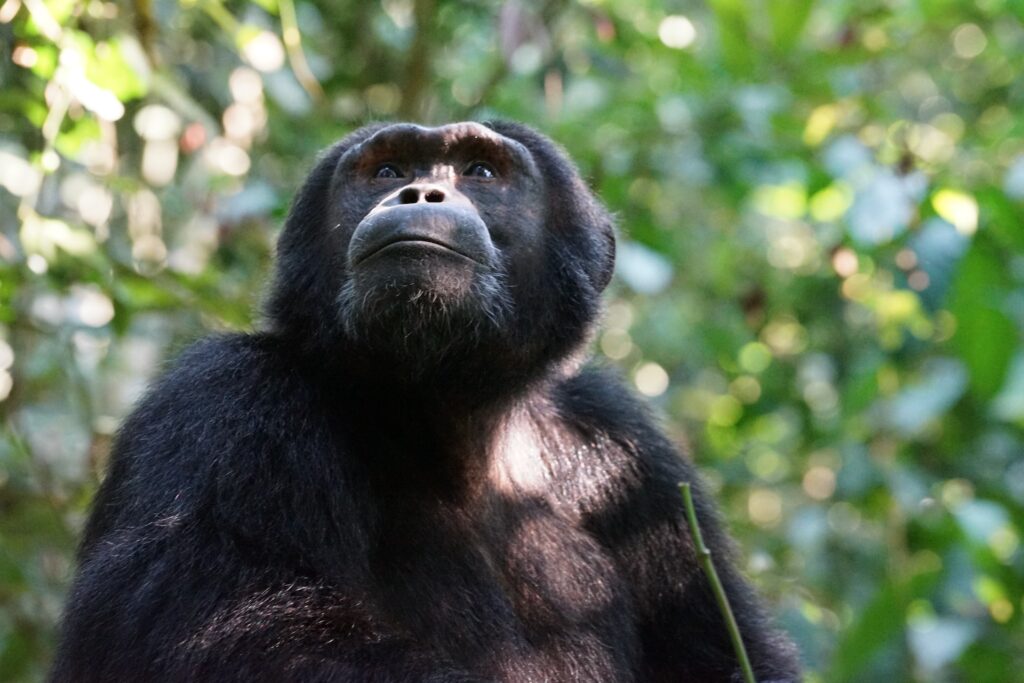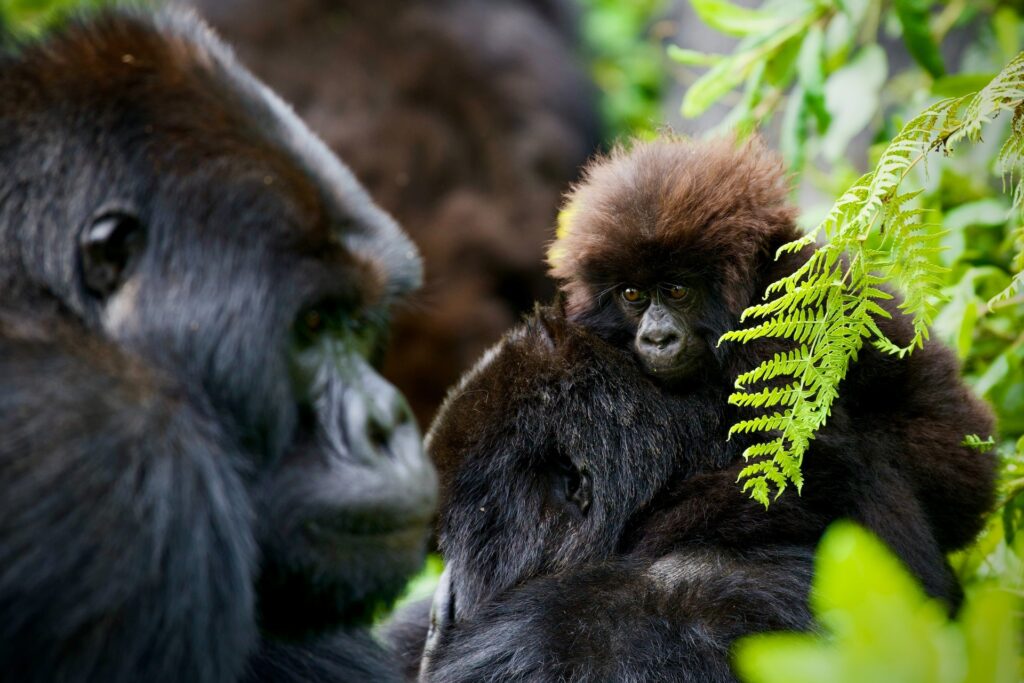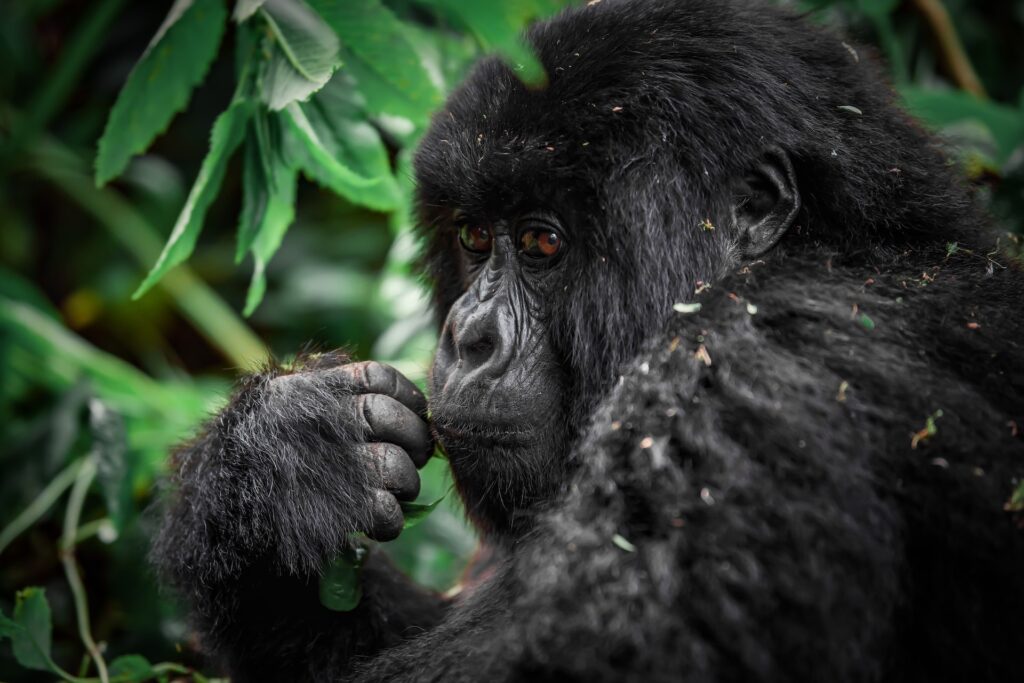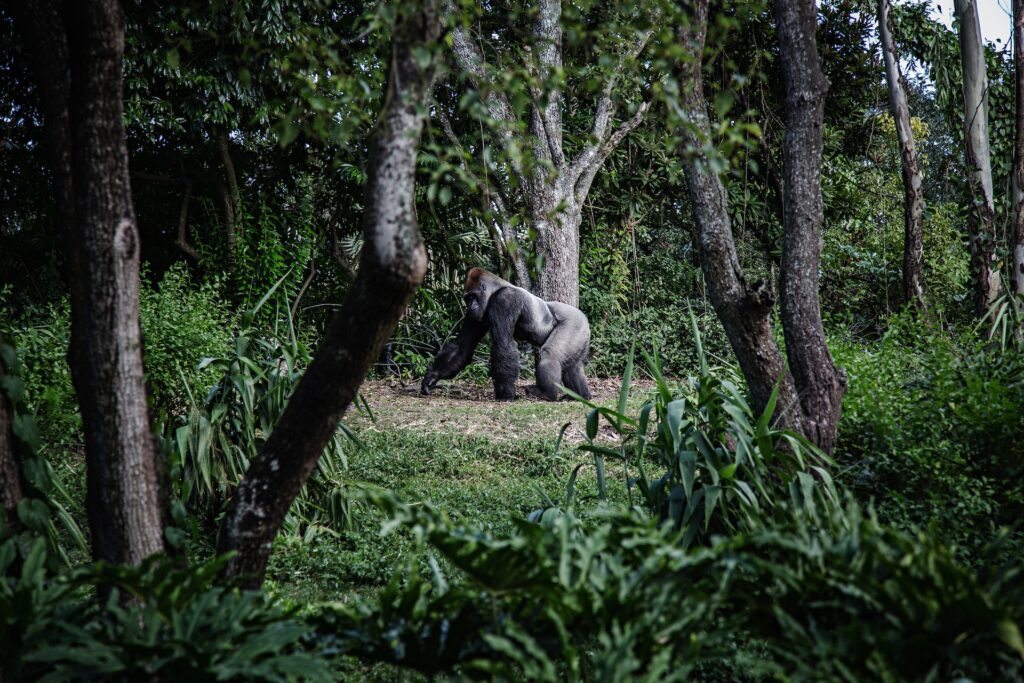Where Do Gorillas Live? Planning the Ultimate Jungle Getaway
Dec 18, 2023

As an Amazon Associate, Modded gets commissions for purchases made through links in this post.
Visiting gorillas at the zoo or a wildlife sanctuary is nothing like seeing them in the wild. But where do gorillas live, and can you see them up close in their natural habitat?
You might be surprised, but seeing a wild gorilla in the jungle is not tricky. In fact, a trekking experience could turn a vacation in Africa into the most memorable excursion.
Naturally, there are grave concerns regarding eco-tourism and the declining gorilla population. This article will deliver some interesting facts about gorillas, what countries you can find them in and tips for traveling responsibly without disturbing the species.

What’s the Hype About Gorillas?
Aside from being one of the most powerfully beautiful creatures on Earth, gorillas are pretty cool. For one thing, they’re similar to humans, sharing 98.3% of our DNA and several human traits — our closest cousins next to chimpanzees and bonobos.
They are also the largest apes in the world, with body-builder-like chests, broad shoulders, human-looking hands and hairless faces.
Interestingly enough, despite male gorillas having nearly two-inch ferocious-looking teeth, these gentle giants are vegetarians for the most part. The gorilla’s diet consists primarily of ripened fruits, roots, bark, shoots and other plants, while they occasionally eat insects.
Does that mean humans aren’t in danger when they’re around gorillas? Not necessarily. Gorillas typically attack humans when they feel threatened or if someone tries to steal their young. Often, these attacks are merely in self-defense.
Where Do Gorillas Live?
If you’ve ever wondered, “Where do gorillas live,” they call African tropical and sub-tropical rainforests home.
There are two primary gorilla species — Eastern gorilla and Western gorilla. Broken down further, the Eastern lowland gorilla and Mountain gorilla live east, while the Cross River gorilla and Western lowland gorilla reside west.
All gorilla species are critically endangered, with only the following populations left in the wild:
- Eastern lowland gorilla: Several thousand left in Rwanda, Uganda and the Democratic Republic of Congo
- Mountain gorilla: About 1,000 — up from 700 a decade ago — in the Virungas of Uganda and Rwanda
- Western lowland gorilla: About 100,000 left throughout Cameroon, Congo, Angola, Nigeria, Gabon and the Central African Republic — although the population has decreased by 60% in the last 25 years
- Cross River gorilla: Only 200–300 left in Cameroon and Nigeria
Sadly, habitat loss has been the most significant threat to gorilla populations. Poachers also kill gorillas for the illegal bushmeat trade. Other times, gorillas get caught in snares set up for other wildlife.

How to See Gorillas in the Wild
If you want to see gorillas in the wild before it’s too late, book a ticket to Africa — the only place on Earth where you’ll find them. Numerous trekking experiences allow you to feast your eyes on these massive creatures in Rwanda, Congo or Uganda.
You can visit these countries year-round for gorillas — however, the best months are June to September and from December to February. Likewise, Rwanda and Uganda are where you’ll mostly see Mountain gorillas, while Congo is where the Western lowland gorillas are most visible.
Experienced wildlife travelers say Rwanda is the most accessible country to see gorillas — particularly in journeying to the mountain regions. Rwanda’s Volcanoes National Park begins in its capital city of Kigali — a three-hour drive to reach the rainforest.
While you could plan a day trip to see the gorillas, you might opt for a two-day safari to allow your body to acclimate to the high altitude. Some safaris even show you additional primate species.
Trekking trips are usually about five hours long, depending on the weather and guests’ mobility. You should expect to hike through densely forested rainforests and slopes to reach the gorillas.

Eco-Tourism: Tips for Traveling Responsibly
Tourism is critical to Africa’s economy, supporting 24 million people and accounting for 8.5% of the continent’s revenue. The number of tourists visiting Africa is also growing, with projections aiming at 134 million people by 2030 — up from 62 million.
Of course, Africa is where you want to go to enjoy the ultimate outdoor experience — yet eco-tourism has a dark side. Human presence may still alter species’ behaviors, increasing their vulnerability to poaching. Herbivores — like gorillas — could also become so familiar with humans that they let their guard down with larger predators. Their size might save them most of the time, but leopards may still pose a threat.
Although eco-tourism has come under scrutiny, little stops world adventurers from wanting immersive nature experiences. As long as you follow these eco-friendly travel tips, you should be OK to see where gorillas live without encroaching on their habitat.
- Support local tourism activities to boost local economies and provide additional revenue for conservation efforts.
- Always maintain a distance from gorillas — for your safety and theirs.
- Do not eat or drink near the gorillas — human food could transmit diseases.
- Keep your voice level low to avoid startling the gorillas.
- Skip the souvenirs — instead, take plenty of photos as a visual reminder of your trip to see these remarkable primates.
- Avoid using flash photography.
- Never leave trash behind.
- Only travel with a small group — the more people there are, the greater the risk to gorilla habitats.
- Raise awareness by sharing what you learn from your trek with others.

Gorillas are particularly susceptible to human diseases, including the flu, COVID-19, measles, Ebola and tuberculosis — unsurprising considering the genetic closeness between the species.
Veterinarians report seeing an uptick in respiratory and parasitic infections. This is why your tour operator may give you specific rules about skipping the trek if you’re sick, washing your hands and turning away to sneeze or cough.
Lay Your Eyes on Gorillas Before They Disappear
Let’s face it: Visiting gorillas in the wild is the trip of a lifetime. However, you must travel responsibly. Indeed, you should book a flight to one of Africa’s gorilla habitats — the species may not always be around. However, with the gorilla population greatly threatened by humans, respecting their space and safety is essential.






